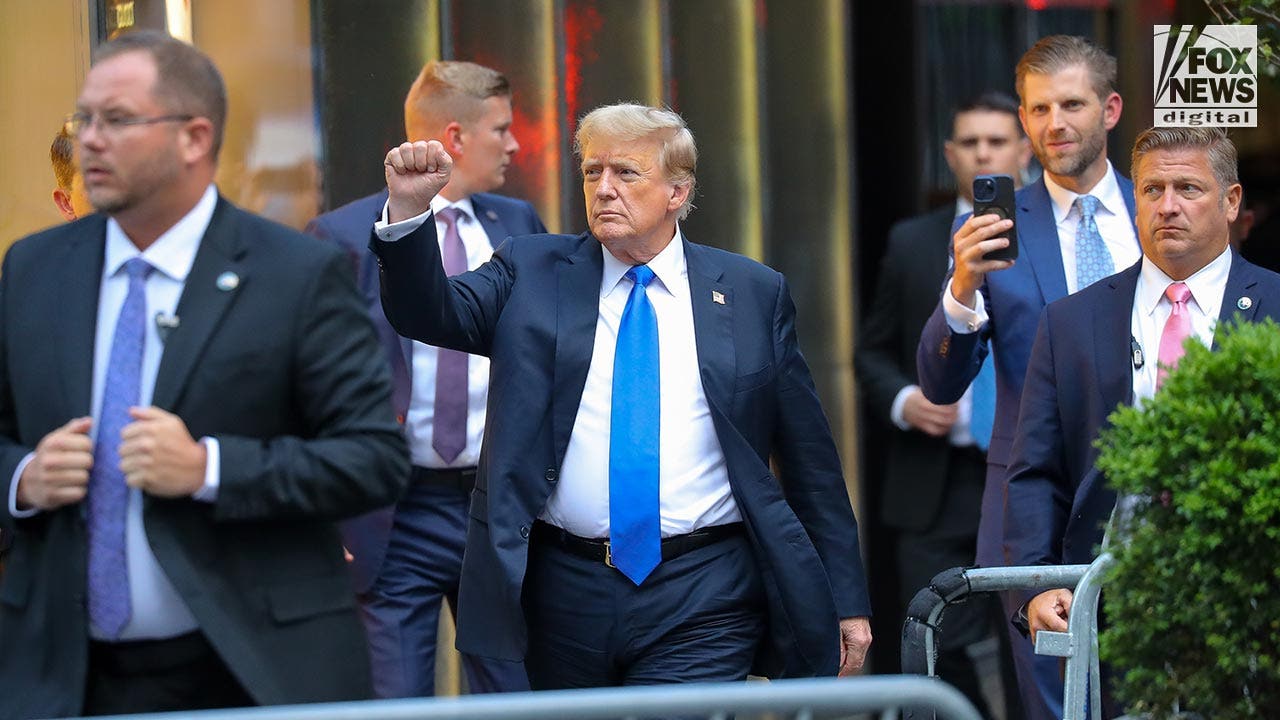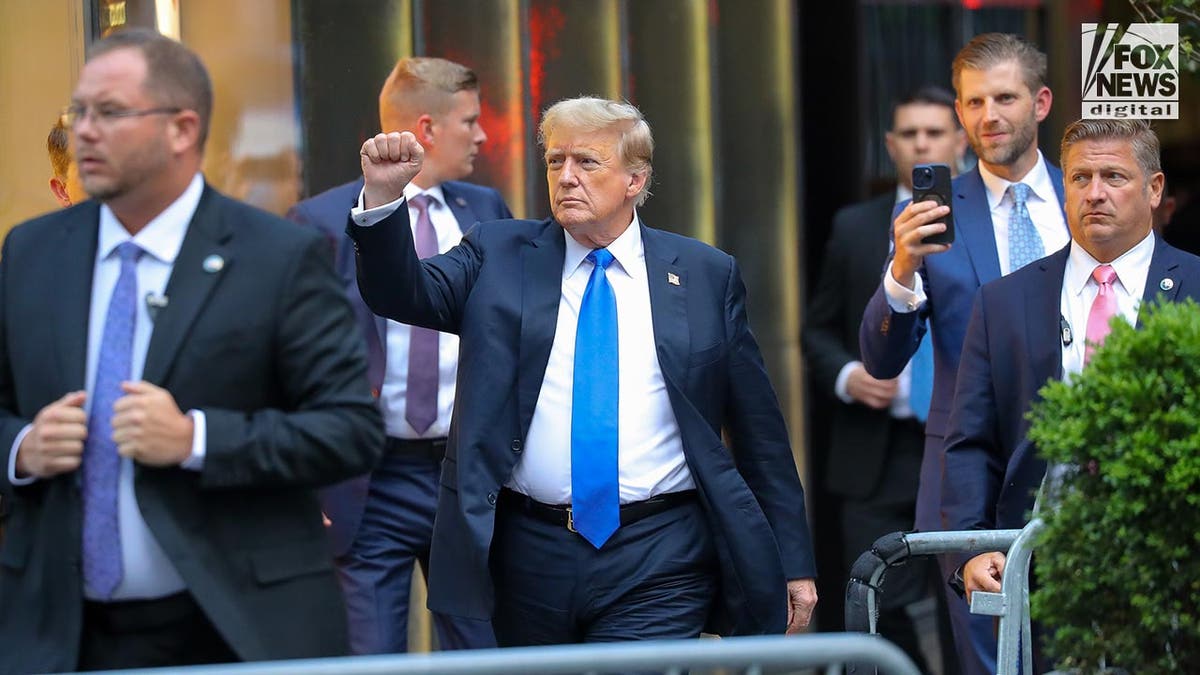
Former President Donald Trump faced a historic moment on Thursday, June 2, 2024, as he was found guilty on all counts in two separate criminal trials. The first trial took place in Manhattan and involved falsifying business records in the first degree. The second trial's details are not provided here but also resulted in a guilty verdict.
The Manhattan District Attorney Alvin Bragg brought charges against Trump for allegedly falsifying business records related to hush money payments made to adult film star Stormy Daniels and former Playboy model Karen McDougal. The jury reached the verdict after deliberating for several days.
Despite the conviction, high-dollar donors have continued to pledge their support for Trump's campaign, with estimates suggesting approximately $150 million will be raised in the coming days. A group of GOP billionaires and multimillionaires expressed their intention to back Trump despite his criminal conviction.
Meanwhile, on TikTok, political influencers and lawyers used the platform's livestreaming feature to discuss the trial and its implications. Many users also shared their intentions to vote for Trump following these discussions.
The New Yorker magazine published an illustration by John Cuneo depicting Trump extending tiny hands toward handcuffs that were too big for them, symbolizing his conviction. Other editorial artists across the country responded with their own illustrations of the historic event.
However, some critics argue that this trial was an 'abuse' of the US justice system and a miscarriage of justice. Jonathan Turley, a law professor at George Washington University and Fox News contributor, expressed his concerns about the fairness and impartiality of the proceedings.




